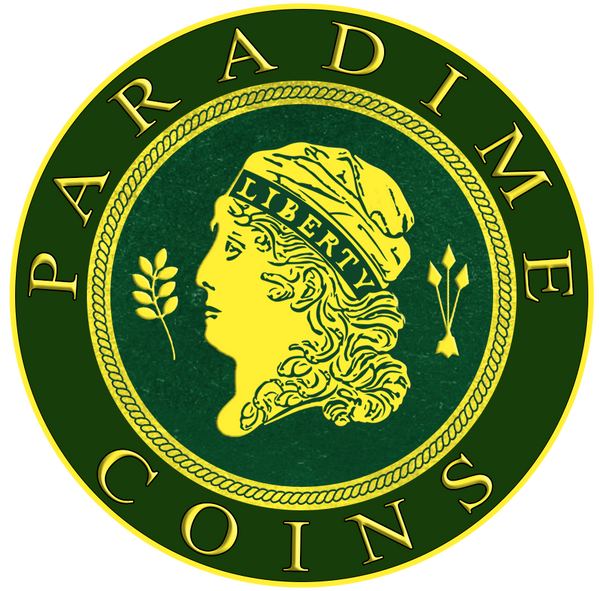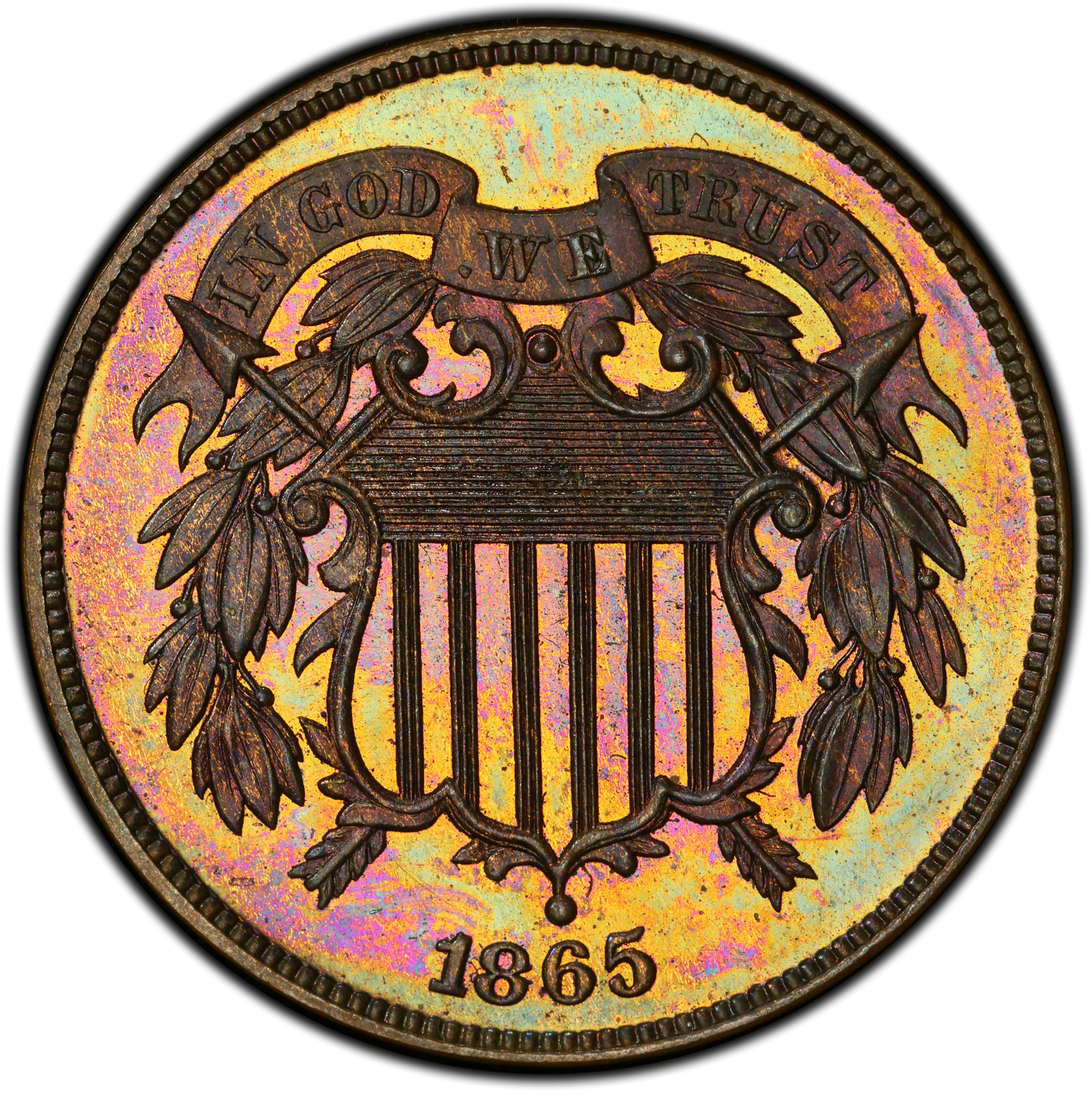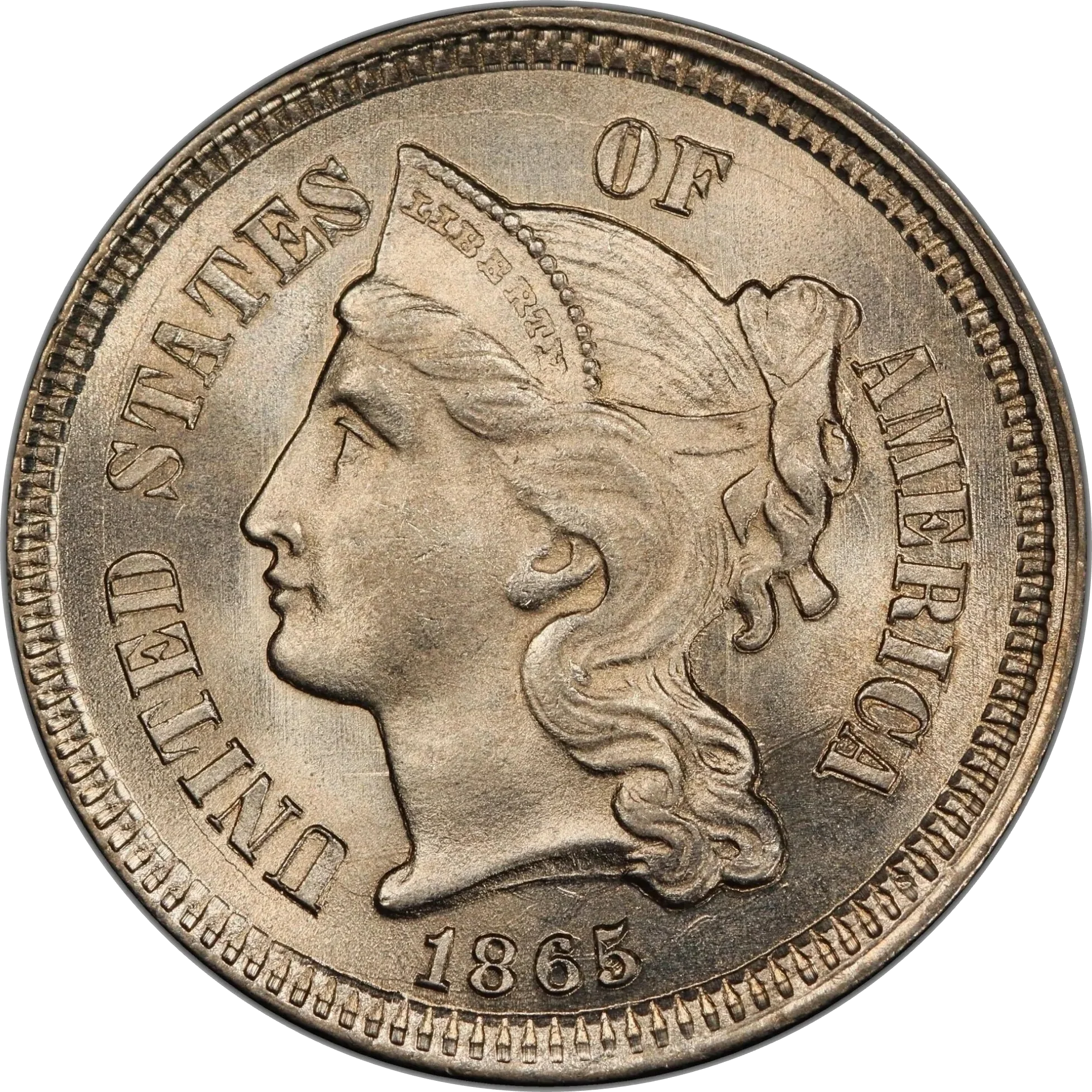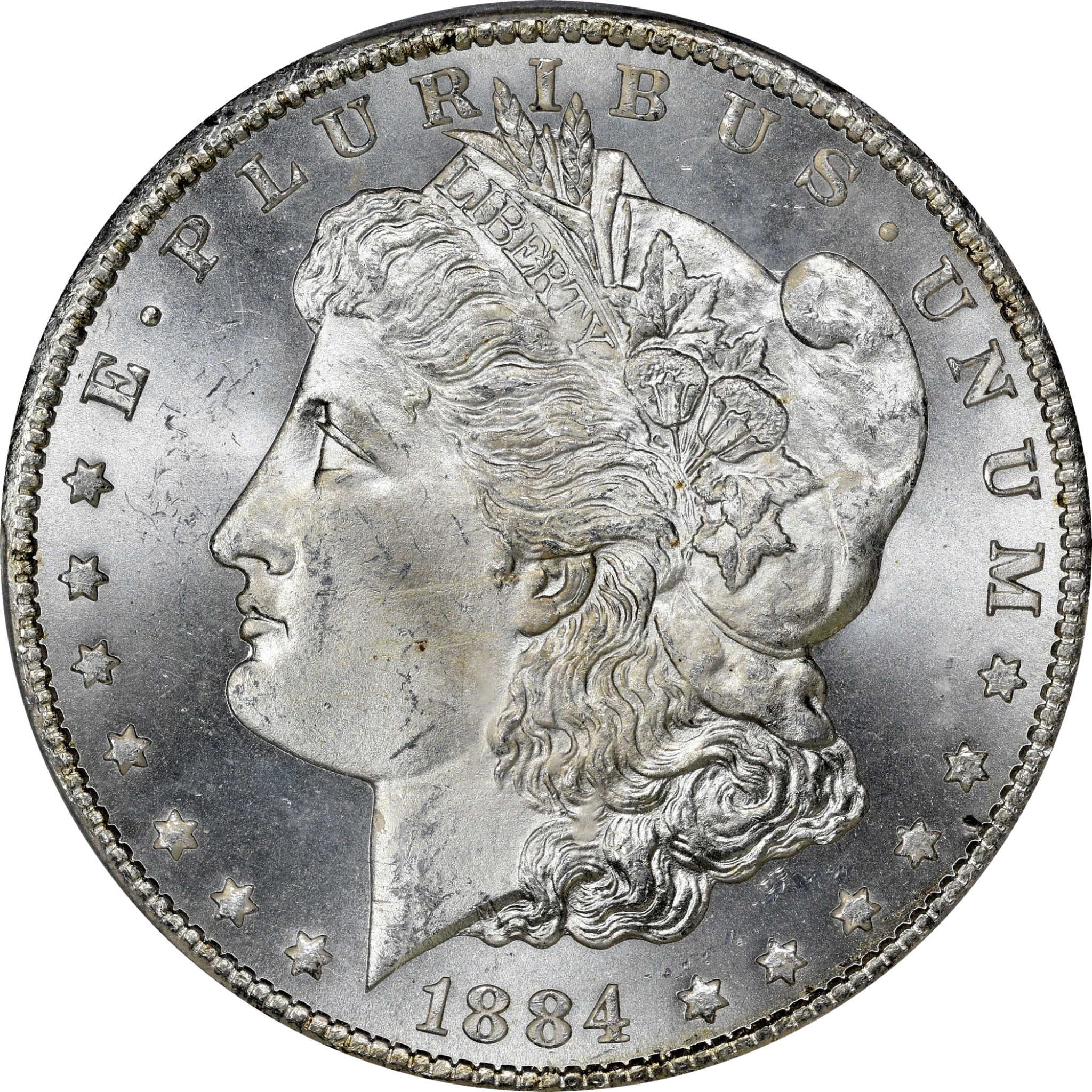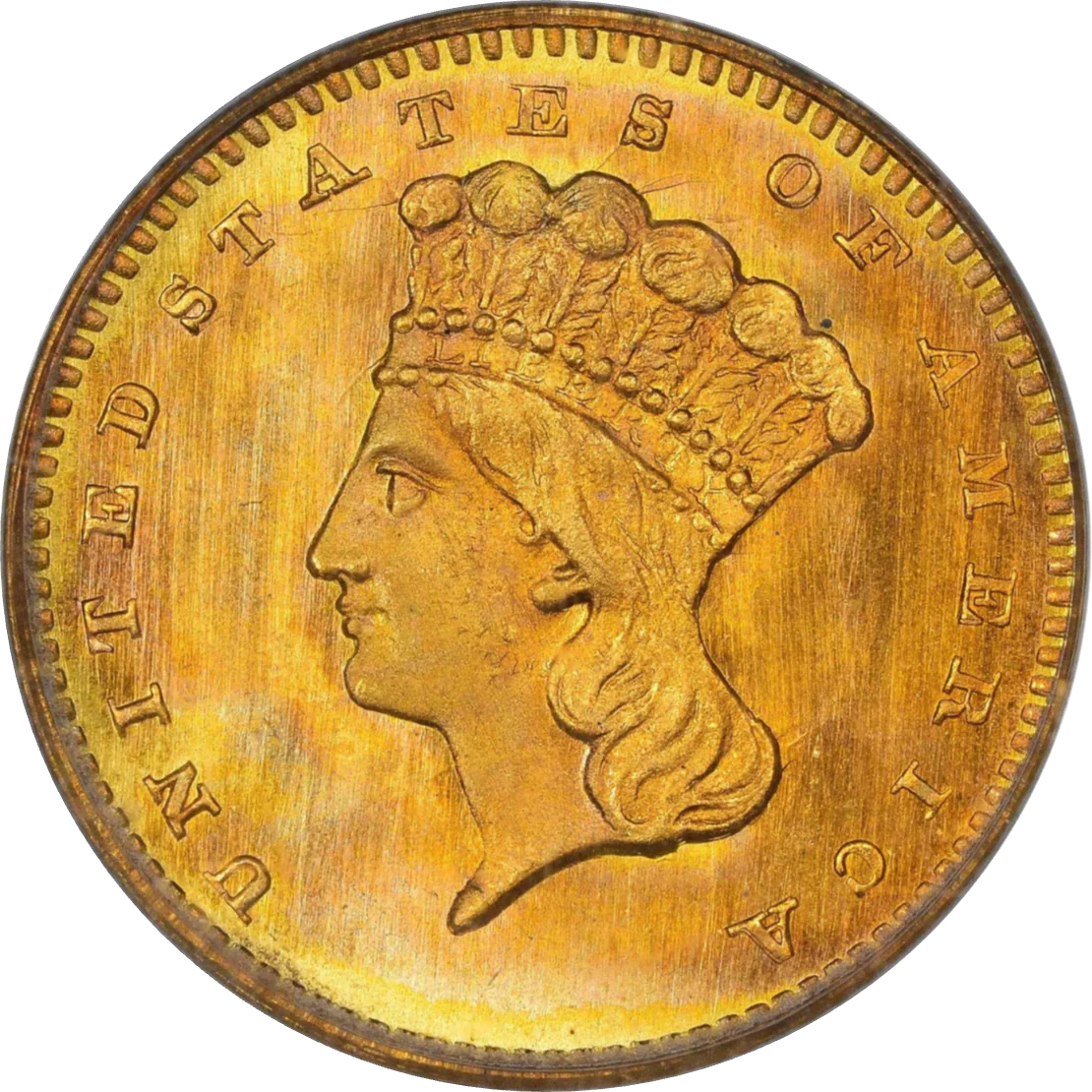Collection: Type 1, With Rays
No products found
View All Inventory
Designed by: James B. Longacre
Issue Dates: 1866-1867
Composition: 75% copper, 25% nickel
Diameter: 20.5 mm
Weight: 5.00 grams (77.16 grains)
Edge: Plain
Business Strike Mintage: 16,761,500
Proof Mintage: 500 (estimated)
Absolutely! Here's the revised version with seamless integration of the SEO keywords Shield nickel, Shield nickel values, and Shield coins, while maintaining a professional and informative ... Read More
Designed by: James B. Longacre
Issue Dates: 1866-1867
Composition: 75% copper, 25% nickel
Diameter: 20.5 mm
Weight: 5.00 grams (77.16 grains)
Edge: Plain
Business Strike Mintage: 16,761,500
Proof Mintage: 500 (estimated)
Absolutely! Here's the revised version with seamless integration of the SEO keywords Shield nickel, Shield nickel values, and Shield coins, while maintaining a professional and informative tone:
The Shield nickel was introduced in 1866 to replace the silver half dime, as the Treasury Department had begun withdrawing silver coins from circulation. This new five-cent piece debuted with the Shield design and rays on the reverse. The obverse mirrored that of the two-cent piece, featuring a prominent central shield, a laurel wreath at the top, a cross above, and crossed arrows below. The national motto IN GOD WE TRUST is positioned above the shield, with the date placed below.
The reverse of these early Shield coins is centered around a bold numeral 5, from which 13 rays radiate outward, alternating with 13 stars. The inscriptions UNITED STATES OF AMERICA and CENTS encircle the border, completing the patriotic design.
It was soon observed that the hard nickel alloy, in combination with the detailed design elements, frequently resulted in weakly struck coins—many of which lacked full detail. To address this, the rays were removed from the reverse design in early 1867 to improve metal flow and striking consistency.
Collectors today can find Shield nickels with rays (1866–1867) in circulated grades from Good to About Uncirculated without significant difficulty. However, Mint State examples are scarce, and those with exceptional eye appeal and sharp detail command strong premiums. Proof issues were also struck, especially in 1866, with approximately 500 pieces believed to have been minted. The 1867 Shield nickel with rays is considerably rarer in all grades and is recognized as a significant rarity in Proof format.
For collectors evaluating Shield nickel values, condition, strike quality, and whether the coin is a “with rays” or “no rays” variety play key roles in determining market desirability and pricing.
... Read Less
